Creative Writers & Their Sheds. For many years garden sheds and creative individuals have shared a relationship that has produced some of the best art, music and literature around. From Pink Floyd songs to the writings of Roald Dahl, creative work has always benefited from being produced in a garden shed. But what is it about working in a shed that catalyses the creative process? It seems that the motif of many of these spaces may be an isolation that a purpose built shed can offer the creative soul, as well as the uniqueness of the inside space which is designed just for you.
DYLAN THOMAS

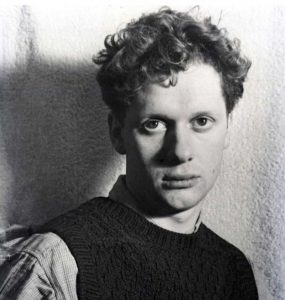
The Welsh, modernist poet, Dylan Thomas was famous for writing in a shed situated on stilts, on the edge of a cliff overlooking the town of Laugharne, South Wales. Here he spent the last four years of his life writing poems such as ‘Do Not Go Gentle Into That Good Night’ and ‘Under The Milk Wood’. It was a completely purpose-built creative retreat for writing, Thomas decorated the inside with pictures of Byron, Whiteman and other writers as well as lists of poetic language to create an inspiring environment. Christening the building his ‘Wordsplashed hut’, Thomas created for himself a specialised space for writing poetry in the form of a modestly sized timber building. This allowed him to focus on his work completely without distractions, therefore facilitating the creation of some of the greatest works of literature, not only of his time but of all time.
ROALD DAHL
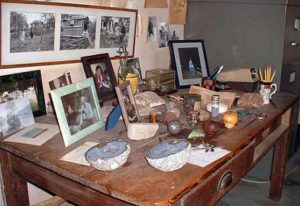

Roald Dahl, known for writing wonderfully imaginative stories such as ‘The BFG’ and ‘Charlie And The Chocolate factory’, wrote in a small shed at the bottom of his Buckinghamshire garden that he penned ‘The Gypsy House’. The structure was completely organised for writing, Dahl’s chair was in reach of all his writing materials so he didn’t have to move from his desk. It was also decorated with strange memorabilia including part of his own hip bone as well as balls of silver paper that had been collected from chocolate bars from his younger years. His daughter Ophelia described it as having a ‘very mercurial atmosphere; the sense of an inventing room or a laboratory’, however she would have needed to sneak in to provide this description as Dahl used to keep his children from entering his sacred work space by mentioning that ‘wolves prowled inside’.
GEORGE BERNARD SHAW
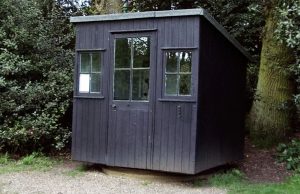

The Irish playwright George Bernard Shaw wrote in a garden shed at the end of his garden, at his house in Hertfordshire. Here he spent four reclusive years at the end of his life, proclaiming that ‘people bother me, I came here to hide from them’. Whilst working here he produced pieces of writing that made him the only person in history to win both a Nobel Prize in literature and an Oscar. The building had a telephone that connected to the house so he could maximise the time he spent working. Another interesting feature of his retreat is that it predated many of the rotating sheds available on the market today, it was built in order to face the sun as it moved across the sky, thus letting in natural light and heat. Natural light is very important for creative work, as it reduces eyestrain allowing for better sleep so one feels rejuvenated.
PHILIP PULLMAN
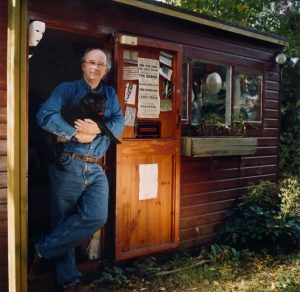
 The modern English writer Philip Pullman famously wrote in his dusty shed at the bottom of his Oxford garden, built by his son. This structure would be the factory that would produce all three books of the ‘Dark Materials’ trilogy. It was decorated with all manner of things including bookshelves, a saxophone, a Venetian mask and a Vermeer painting, as well as post it notes all over the walls which contained scribbled ideas for books. It was also quite dark and dank as Pullman superstitiously did not clean the cobwebs until he finished writing a novel, in fear of disrupting his flow of writing. He eventually left the shed to the illustrator Ted Dewan on strict instruction that it was only to be used for creative work.
The modern English writer Philip Pullman famously wrote in his dusty shed at the bottom of his Oxford garden, built by his son. This structure would be the factory that would produce all three books of the ‘Dark Materials’ trilogy. It was decorated with all manner of things including bookshelves, a saxophone, a Venetian mask and a Vermeer painting, as well as post it notes all over the walls which contained scribbled ideas for books. It was also quite dark and dank as Pullman superstitiously did not clean the cobwebs until he finished writing a novel, in fear of disrupting his flow of writing. He eventually left the shed to the illustrator Ted Dewan on strict instruction that it was only to be used for creative work.
VIRGINIA WOOLF
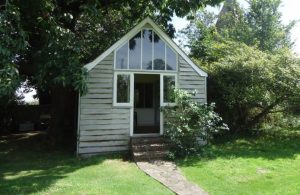
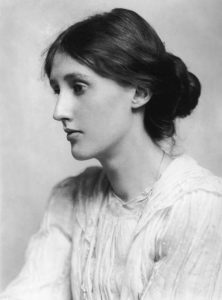

The Bloomsbury Group writer Virginia Wolf wrote in a converted tool-shed in the garden of the house she purchased with her husband in 1919. The modernist author described the importance of having a space for writing in the 1929 essay ‘A Room Of My Own’, however Woolf ran into problems as the shed was not built properly for keeping noise out. She was constantly distracted by the sound of church bells and school children, also she got bitterly cold during the wintertime as the shed did a poor job at insulating heat. Woolf’s problems outline the importance of sound and heat insulation in a shed, especially one designed for creative work. There must be as few distractions as possible to access creative flow and produce work to be proud of.
